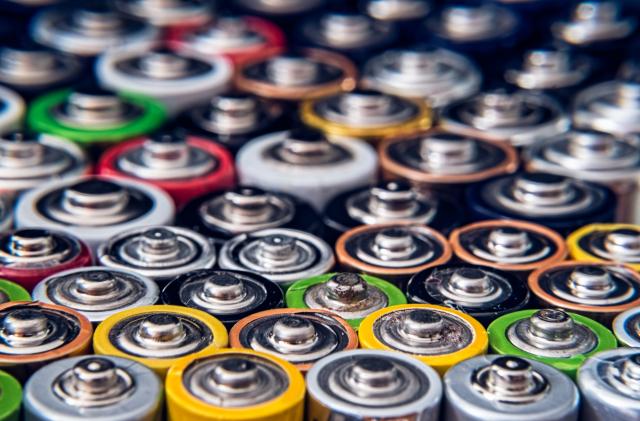As more houses and buildings in Australia continue to install solar panels, community batteries are one way that neighbourhoods can reduce overall energy usage, and households can reduce their energy bills.
“Community batteries provide benefits for the energy user, the grid operator, and the energy retailer, so it’s likely that we’ll see more installed as Australia ramps up its transition to renewable energy,” says Steve Bell, Managing Director, Clean Tech Controls.
Clean Tech Controls is an Australian manufacturer of switchboards and associated technology, with particular expertise in renewable energy, including complex installations that connect to the grid.
The Australian PV Institute reports that, “As of 31 Dec 2023, there are over 3.69 million PV (photovoltaic) installations in Australia, with a combined capacity of over 34.2 gigawatts.”
According to data from SunWiz, which tracks this market, Australia has been the top global leader in rooftop solar PV penetration for a decade or so, with nearly one in three Australian homes (approx. 3.3 million households) today featuring solar panels on top.
“Investing in renewable energy helps drive down the local energy price, supports local industry and local manufacturing, and helps Australia develop a world-class export market for our green power – and community batteries are a part of the solution,” says Steve.
Community batteries allow individuals to simultaneously save money and reduce their carbon footprint, but there are advantages for others, too, says Steve.
“For the DNSP (Distributed Network Service Provider), community batteries help to stabilise the grid by absorbing residential solar during the day and discharging it at night, when demand for energy is often at its highest,” he says.
“Community batteries also allow the energy retailers to participate in the energy market by buying power when it’s cheap, and selling when it’s expensive. They can also trade on FCAS (Frequency Control Ancillary Services) markets to stabilise the grid frequency,” he adds.







